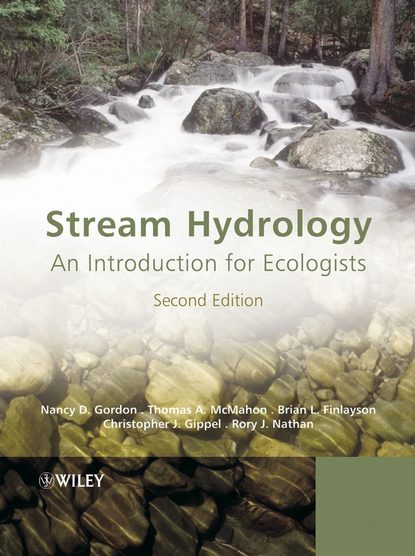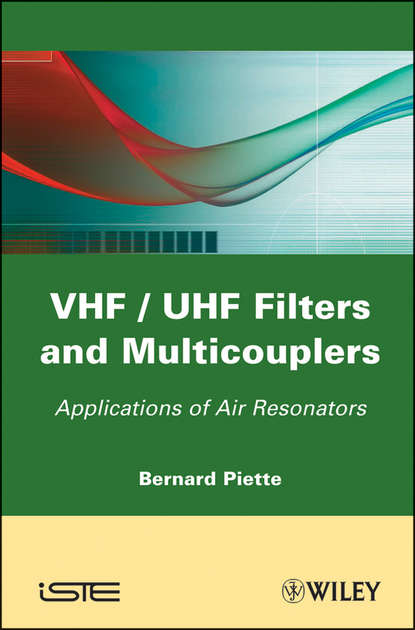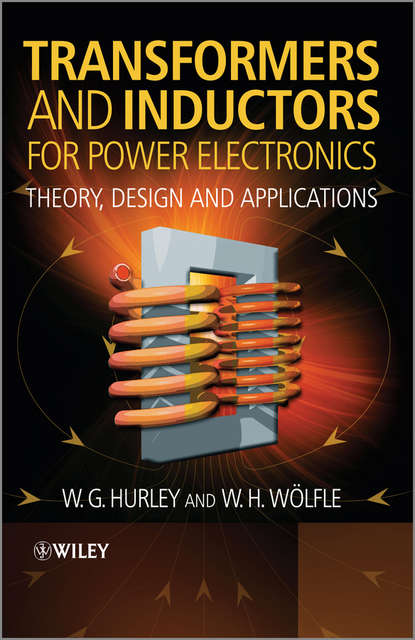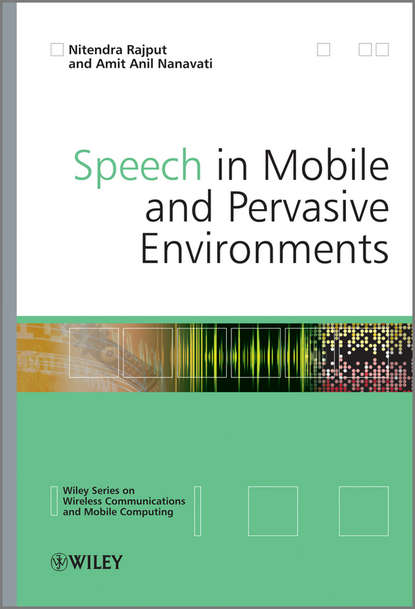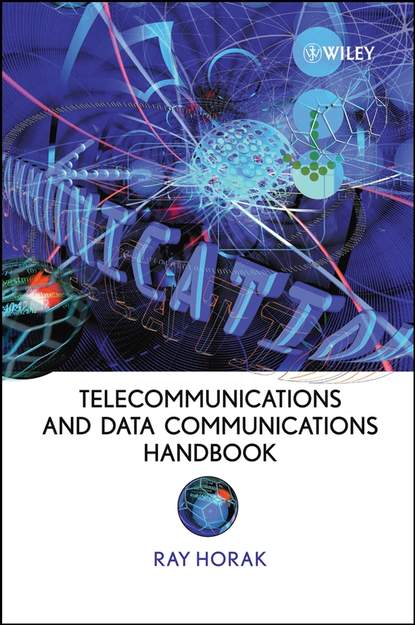Книга “Stream Hydrology by Thomas McMahon” является вторым изданием книги и посвящена гидрологии, геоморфологии и экологии. В книге подробно описываются методы сбора и анализа данных, а также гидродинамика движущейся воды. Книга также содержит информацию о форме русла, транспортировке наносов и статистическом анализе.
В книге рассматриваются инженерные методы и гидравлические принципы, которые используются в современном научном управлении реками. Она демонстрирует, как эти области связаны между собой и как их можно использовать для эффективного управления водными ресурсами.
Книга “Stream Hydrology” представляет собой исчерпывающее руководство по изучению основных принципов гидрологии и их применению в практических целях. Она содержит множество примеров и методов, которые помогут специалистам в области экологии и гидрологии лучше понимать процессы, происходящие в реках и озерах.
Электронная Книга «Stream Hydrology» написана автором Thomas McMahon A. в году.
Минимальный возраст читателя: 0
Язык: Английский
ISBN: 9780470021002
Описание книги от Thomas McMahon A.
Since the publication of the first edition (1994) there have been rapid developments in the application of hydrology, geomorphology and ecology to stream management. In particular, growth has occurred in the areas of stream rehabilitation and the evaluation of environmental flow needs. The concept of stream health has been adopted as a way of assessing stream resources and setting management goals. Stream Hydrology: An Introduction for Ecologists Second Edition documents recent research and practice in these areas. Chapters provide information on sampling, field techniques, stream analysis, the hydrodynamics of moving water, channel form, sediment transport and commonly used statistical methods such as flow duration and flood frequency analysis. Methods are presented from engineering hydrology, fluvial geomorphology and hydraulics with examples of their biological implications. This book demonstrates how these fields are linked and utilised in modern, scientific river management. Emphasis on applications, from collecting and analysing field measurements to using data and tools in stream management. Updated to include new sections on environmental flows, rehabilitation, measuring stream health and stream classification. Critical reviews of the successes and failures of implementation. Revised and updated windows-based AQUAPAK software. This book is essential reading for 2nd/3rd year undergraduates and postgraduates of hydrology, stream ecology and fisheries science in Departments of Physical Geography, Biology, Environmental Science, Landscape Ecology, Environmental Engineering and Limnology. It would be valuable reading for professionals working in stream ecology, fisheries science and habitat management, environmental consultants and engineers.
